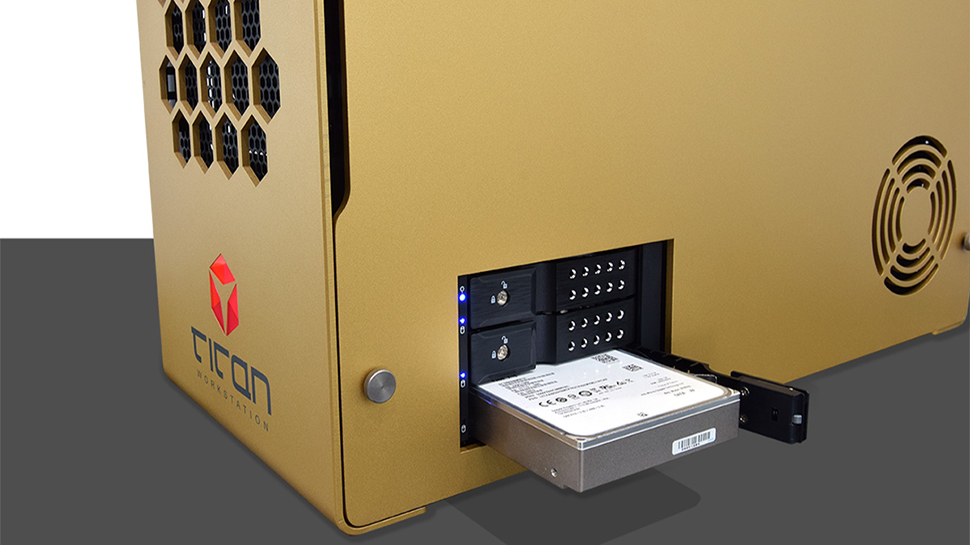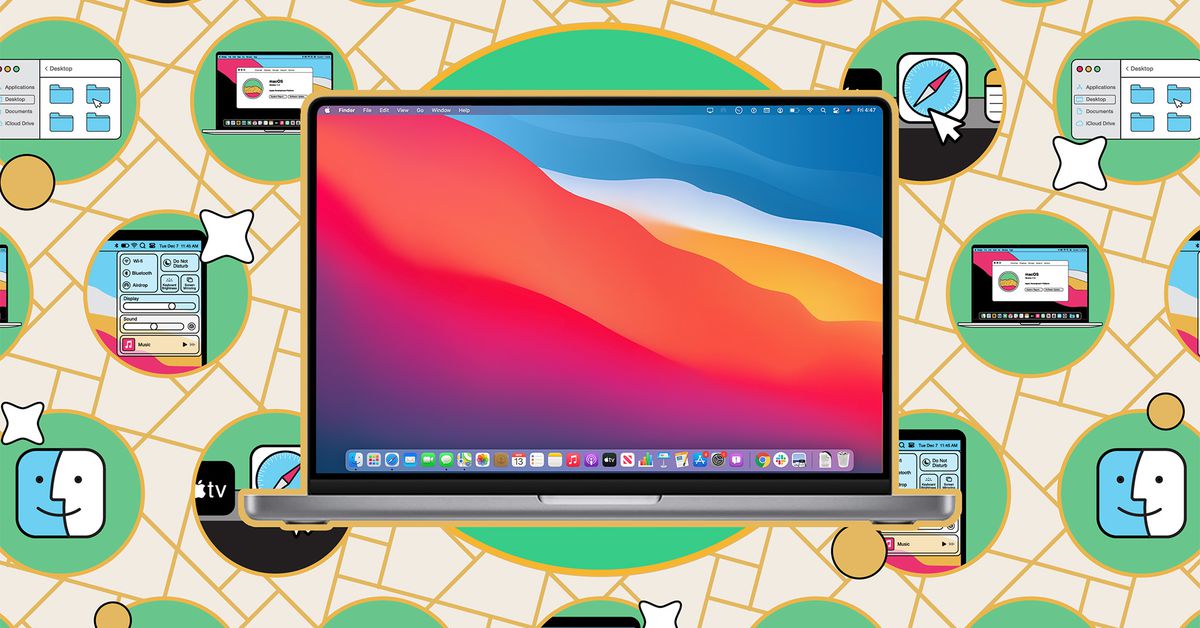Gaming only continues to prove its success as an entertainment medium as it moves from strength to strength. As developers and studios find more immersive and inclusive ways to play, the world of video game entertainment makes its way into more people’s lives.
It is no longer the hobby of computer fanatics and children, as it slowly becomes a mainstay of many homes. This is in no small part due to the range of gaming experiences offered by Android mobile devices, such as tablets, smartphones, and smartwatches. This handheld and affordable tech has created unique and innovative ways to play for many new players.
The advent of Android gaming
In the early days of video games, a large computer was needed. The software would often demand clunky hardware that could set the player back a significant amount of money. As hardware developed, however, and became more commercially available, computers grew smaller, featuring much more in people’s homes, offices and schools.
Going handheld
Now we have smartphones, tablets, smartwatches, and many other android devices in our pockets and homes. These versatile pieces of tech are capable of playing a huge range of games, from quick cookie cutter games like Candy Crush, to much loved 3D RPGs, and even online casino games, such as the ones available in this guide, offering players a variety of no-deposit bonus options for an exciting gambling experience.
Android devices have brought the capabilities of gaming to many people who would probably never have touched a console before. Quick, simple, and easy to understand games have opened up mobile gaming for millions across the world, bringing more players than ever to the format.
PC gaming
With the introduction of commercially available computing came the ability to play computer games at home. However, they were still a niche entertainment, requiring some level of computing knowledge, and were reserved mostly for enthusiasts. Gaming was still something that existed mostly in the realms of arcades and computing culture.
The introduction of the console
However, when arcade boxes were made smaller, and consoles finally hit the market, gaming all of a sudden became something that could exist, unobtrusively, in the family TV room. Gaming was here to stay. Despite the meteoric rise in popularity from this point, it was still seen as an entertainment for children.
More than a few titles
There are many Android games out there to be played on phones and tablets that have become household names.
1. Pokémon GO: Use your smartwatch to track nearby Pokémon, hatch eggs, and collect items.
2. Minecraft: Receive notifications about game events and chat messages.
3. Candy Crush: Connect the various candies to earn points and bonuses.
4. Ingress: Track portals, capture territories, and receive mission updates.
5. Asphalt 9: Legends: Receive notifications about races, challenges, and social interactions.
What makes Android so special
Android has pioneered the movement in mobile gaming, allowing developers and tech companies alike to focus on gaming. Unlike Apple, Android is a much more open software, allowing developers significantly more freedom to create what they want.
Affordability
One of the driving forces behind the rise of the gaming population, especially through mobile platforms, is the affordability of many Android devices. Of course, it is possible to spend a small fortune on the top of the line, flagship Android models, but it isn’t necessary.
Many Android phones are the preferred brand due to their price. They can be picked up cheaply, especially when compared to the cost of a console or PC. With their current hardware, even cheap Android devices are capable of playing a huge array of games.
Emulation and software
Many tech companies, such as Apple, are very protective of their code and software. This ensures that they have a stranglehold on any new programs that are released. By doing so, they can monitor quality, but also take a cut of any profits. Android, on the other hand, is very open with its software, encouraging developers to release updates, programs, and tweaks to improve the base code.
By doing so, it becomes very easy to develop games for Android devices. Companies can create full and immersive games that can be enjoyed on tablets, mobile phones, and even smartwatches, without having to fight against locked software and restrictions.
This open sourced approach to the hardware has allowed huge leaps and bounds in gaming. We are even seeing classic games, previously only available on console, being played on the hardware available in tablets and phones. Emulation of many of the much loved titles on various pieces of android hardware is all possible due to their approach to their code.
More than just phones
Android runs in the background of many pieces of tech around us. Everything from smart fridges to TVs use the Android operating systems to function. This brings a new element to gaming that we didn’t see until the rise of the mobile and Android focused revolution.
Connected
Using Android along with a few other key elements has created environments for seamless gaming. Using a few different Android devices gives us the ability to have a whole new level of connectivity. Smartwatches, in particular, have added a fascinating new way to interact with our favourite games.
| Feature |
Benefits |
| Notifications |
Receive alerts about game events, challenges, and social interactions. |
| Quick Actions |
Access frequently used game functions, such as inventory management or character customization, with a simple tap. |
| Companion Apps |
Enjoy additional features and content that complement the smartphone game. |
| Fitness Tracking |
Monitor your gaming activity and progress towards fitness goals. |
In the clouds
With cloud storage, it has become common to store data, such as save files, in the cloud. This means that when we are done playing a game on a tablet, for instance, it now becomes possible to start your daily commute, and continue where you left off on your mobile phone or smartwatch. The beauty of the Android gaming future is availability, mobility, and interactivity.
The future of Android gaming
I have no doubt that as Android continues to improve their software and are used on better and better hardware, the horizons will only broaden.
Even now, Android is being used in some of the most cutting edge gaming hardware, such as VR and AR experiences. Due to the open source nature of their hardware, they will often be the first choice for developers looking to get into the mobile gaming sphere.
Featured image source


































































































































































You must be logged in to post a comment Login